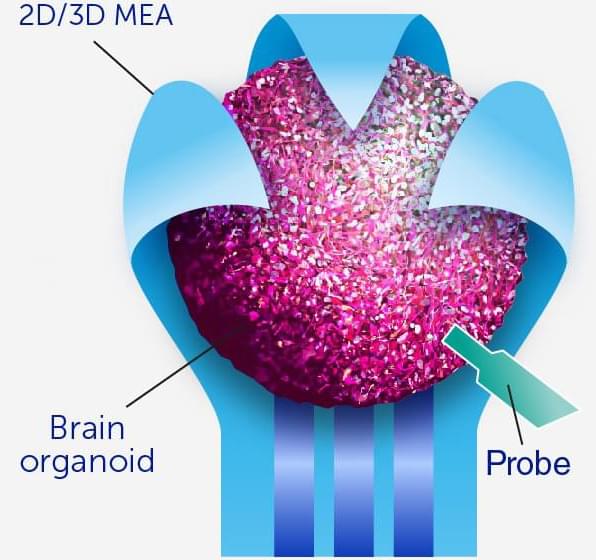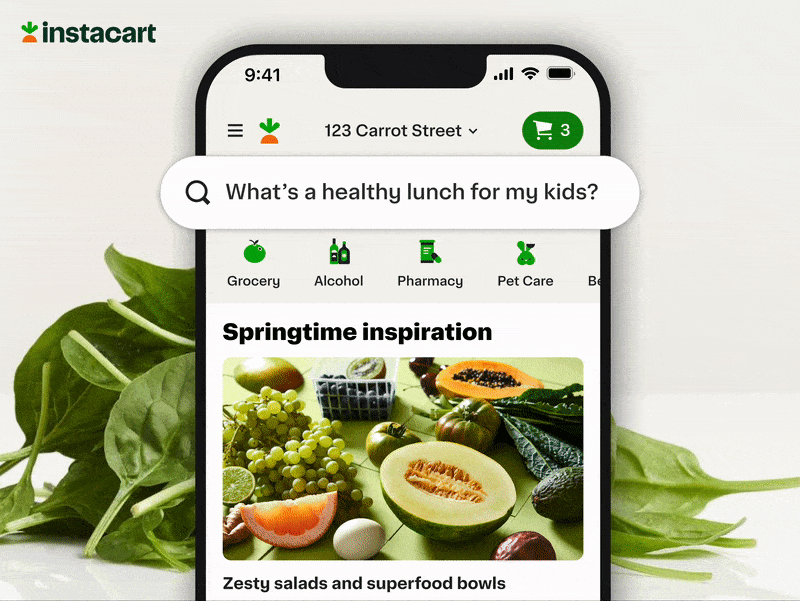This is a recording of the SingularityNET Ecosystem leaders meeting, which was recorded on Monday, October 31st, 2022, including updates on projects progress, exciting news, and discussions around key initiatives.
SingularityNET is a decentralized marketplace for artificial intelligence. We aim to create the world’s global brain with a full-stack AI solution powered by a decentralized protocol.
We gathered the leading minds in machine learning and blockchain to democratize access to AI technology. Now anyone can take advantage of a global network of AI algorithms, services, and agents.
Website: https://singularitynet.io.
Discord: https://discord.gg/snet.
Forum: https://community.singularitynet.io.
Telegram: https://t.me/singularitynet.
Twitter: https://twitter.com/singularity_net.
Facebook: https://facebook.com/singularitynet.io.
Instagram: https://instagram.com/singularitynet.io.
Github: https://github.com/singnet.
Linkedin: https://www.linkedin.com/company/singularitynet





